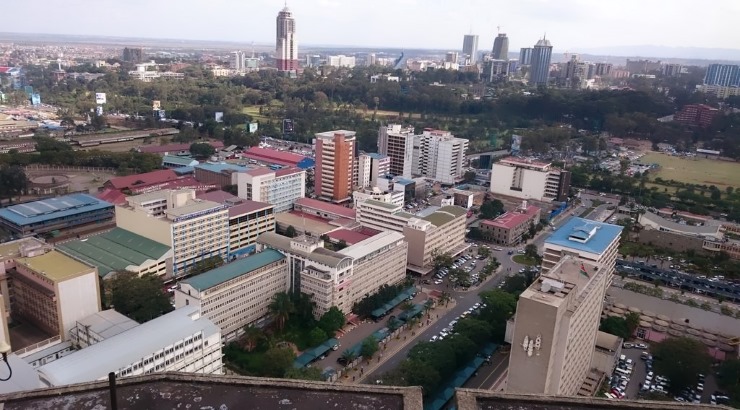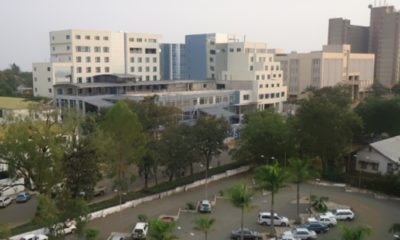Industry News
Nairobi’s pricey land is putting off property developers
Land prices in the Kenyan capital have more than quadrupled over the last eight years.

Property developers seeking to meet the rising demand for housing in Nairobi are increasingly getting priced out of the market, a situation that is pushing them to build gated communities in the outskirts of the city.
Land prices in the Kenyan capital have more than quadrupled over the last eight years, from an average of Sh30 million an acre in 2007 to over Sh170 million today – amid growing fears of a property bubble.
A Hass Consult report released on January 25 showed that Nairobi developers seeking favourable returns for their investments were shifting to satellite towns such as Kiserian, Kitengela and Athi River, where land is much cheaper.
“To maximise returns, these investors are now buying huge chunks of land for subdivision and resale in Nairobi’s satellite towns,” Sakina Hassanali, head of research and marketing at Hass Consult, said while releasing the report.
Ms Hassanali said that because of the rising demand, land prices in Nairobi’s satellite towns registered similar growth rates as Nairobi at 7.5 per cent last year, with Kiserian running well ahead of the average growth at a rate of 25.3 per cent.
“On average, land prices in the satellite towns have risen five-fold and will continue to increase as infrastructural developments such as the standard gauge railway near completion,” she said.
In the fourth quarter of 2015, land in Nairobi’s suburbs rose by 9 per cent with Kitisuru, Loresho and Gigiri posting the highest growth at 26.1 per cent, 23.4 per cent and 14.6 per cent respectively.
Market analysts say they expect a slowdown in the number of new construction projects in Nairobi after depletion of land in city estates.
“Developers have exhausted land in areas that would handle major housing projects towards the south of Nairobi and now most projects are coming up in satellite towns,” said Alex Mungai, a Nairobi-based property consultant.
The selling price for an acre of land in estates such as Kileleshwa and Kilimani is as much as Sh300 million – an amount that is way out of reach for many Kenyans.
“Doubts about ownership of land in areas such as Embakasi are also pushing investors outside Nairobi, to avoid burning their fingers,” he said.
Mr Mungai said Thika, Kiambu and Kajiado are the main towns that have benefited most from the scarcity of land in Nairobi, citing their proximity to the city and the availability of affordable parcels of land in the towns.
Falling apartments rents, attributable to over-concentration of developments in Nairobi, has also been cited as one of the major factors driving rental property developers away from the city.
According to a recent report by the KenyBankers Association, apartments rents declined for the first time in 15 years last year as the market faced some oversupply, although analysts said this does not point to waning demand.
“Some sub-sectors of the residential market may be about to experience some over supply. However, there is still good growth in the middle income and lower income residential,” MML chief executive officer James Hoddell said in a recent interview.
Property developers are also moving away from the city in a bid to meet the heavy demand for affordable housing in the satellite towns such as Kikuyu and Kiambu.












